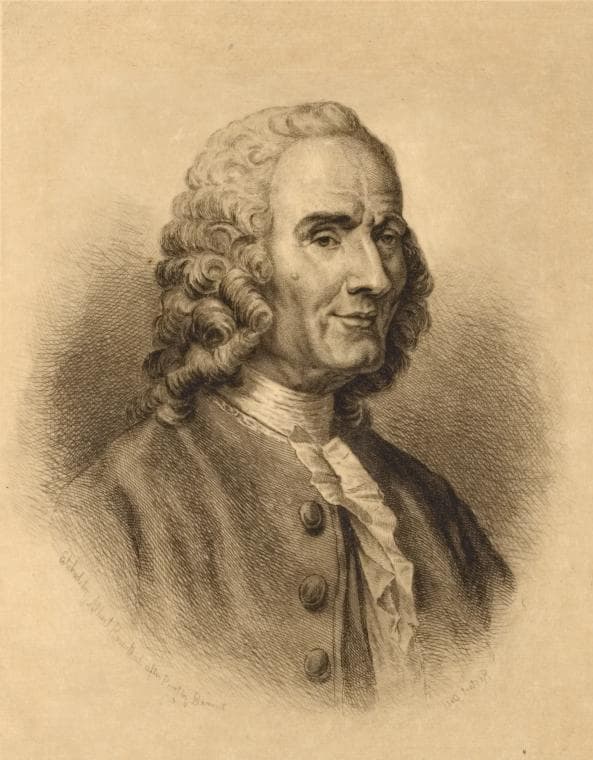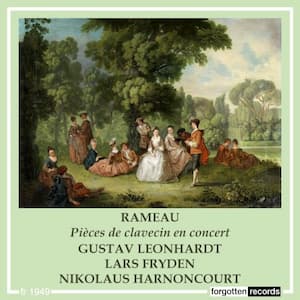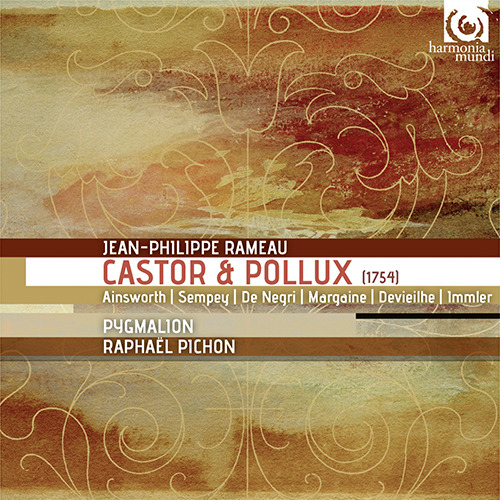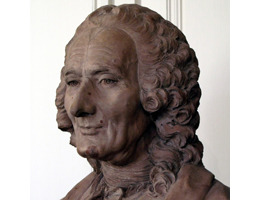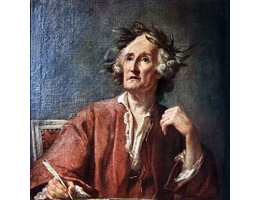Jean-Philippe Rameau, born in Dijon and baptised on 25 September 1683, was France’s leading 18th-century composer. In his lifetime, however, he was primarily known as a music theorist. His 1722 Treatise on Harmony, establishing the development of a fundamental bass,
Rameau
When one door closes, another opens, and so it was for Rameau. Shortly after his opera Dardanus was given its premiere at the Opèra, Rameau quarrelled with the management of the theatre and so from 1740 to 1744, he wrote
Castor et Pollux, Acte I, Scène 5: “Chantons l’éclatante victoire” (Choeur de Spartiates) From Rameau – Castor et Pollux (2015) Released by Harmonia Mundi Rameau: Castor et Pollux, Acte I, Scène 5: “Chantons l’éclatante victoire” (Choeur de Spartiates)At the height
Jean-Philippe Rameau: Dardanus “Overture” Jean-Philippe Rameau was deeply in love with Marie-Louise Mangot. She must have been a remarkably charming, and extremely pretty 19-year old maiden. After all, a 42-year old bachelor does not give up his solitude all that
Voltaire rightfully called Jean-Philippe Rameau (1683-1764) “le premier musicien de France.” Simultaneously looking backward and forward over French musical history, Rameau’s compositions uniquely capture the spirit of the Enlightenment. In all, Rameau published four books of keyboard music. The collections
Jean-Philippe Rameau: Hippolyte et Aricie, “Ou suis-je?” Jean-Philippe Rameau was extremely tall and thin, “more like a ghost than a man.” He had a sharp chin, no stomach, flutes for legs and his eagle profile was aesthetically so attractive that

